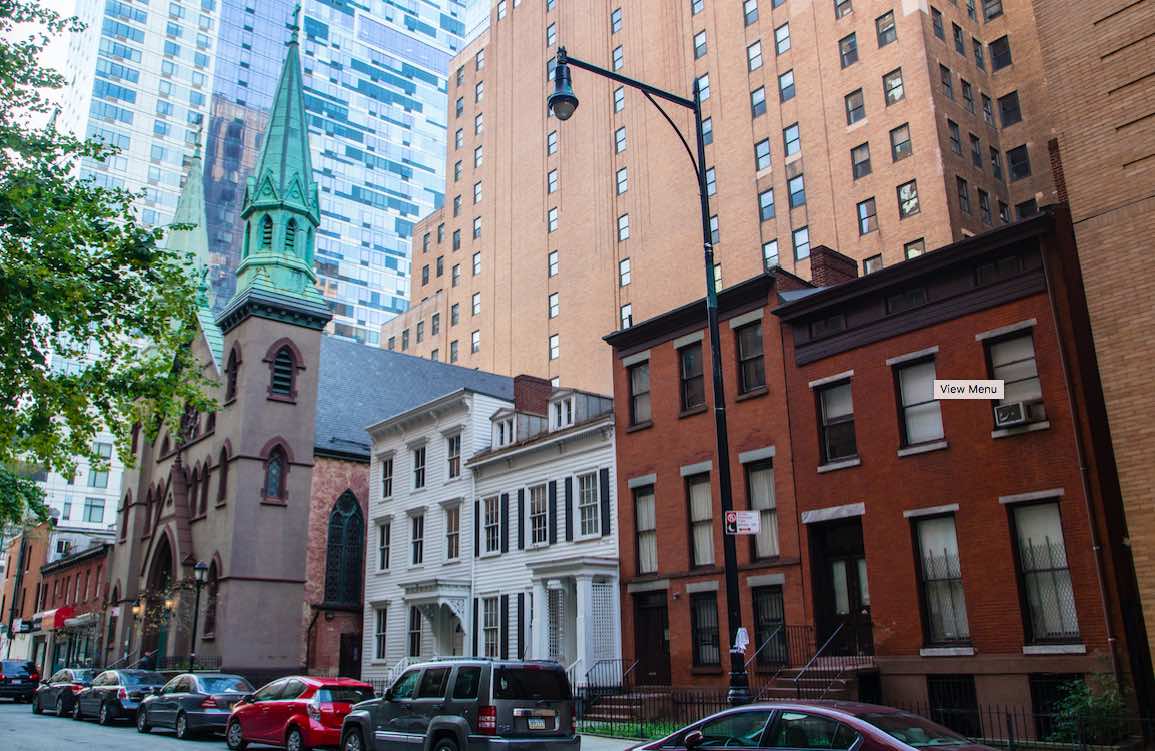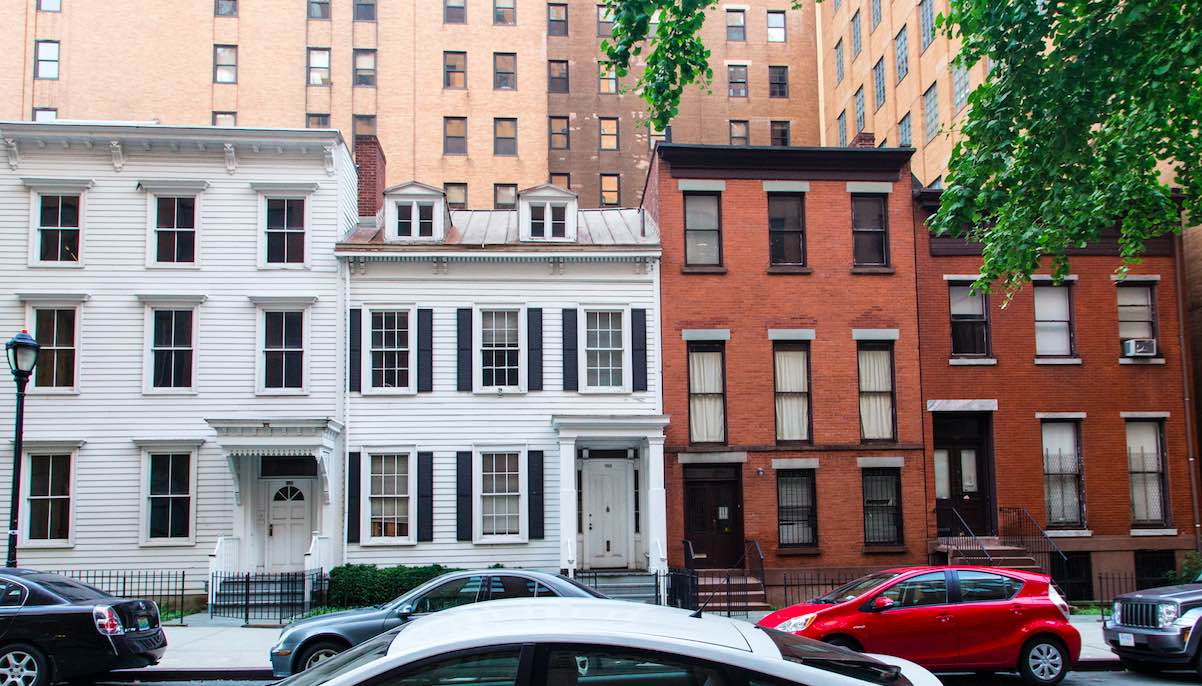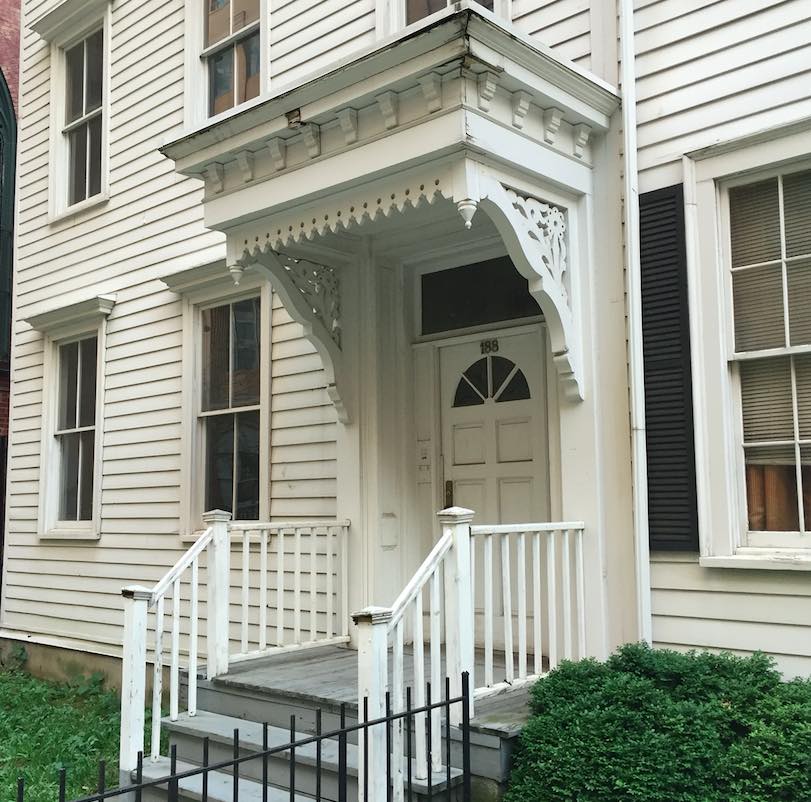The city’s development can’t be overseen, with building cranes hovering high above the neighborhood, adding countless new glass and steel towers to the skyline. Over the last two decades, approximately 41 million square feet of residential, commercial and organizational space have been or will be developed in downtown Brooklyn. In this never-ending development process, it is critical to recognize and preserve historical architectural monuments. Read about Brooklyn buildings that are over a century old at brooklyn-future.
Notable historical monuments

In 2001, the houses on Duffield Street were designated as historical sites. A document discovered on the Internet was printed for a public hearing by the Historical Monuments Commission regarding these four dwellings, which provided light on the unusual and inappropriate structures.
186 Duffield has a remarkable freestanding Greek Revival portico with square columns, which was only found on the best row houses of the time due to the expensive cost of construction. 188 Duffield building was renovated in the early 1880s, and it has since featured a full third level, a new front with Queen Anne and Second Empire style elements and a magnificent hood on the veranda above the front door.
The buildings at 182 and 184 Duffield Streets, which are closer to 3 MetroTech, are red brick Greek Revival structures. 182 Duffield, constructed between 1839 and 1840, was owned by teacher Helen Lawrence and used as a private school from the mid-1850s to the 1870s. 184 Duffield was constructed in 1847 as an investment property by merchant Francis Chichester.
By the way, the houses at 182, 186 and 188 Duffield Streets were erected by Reverend Samuel R. Johnson, who, along with his two brothers and sisters, acquired a 40-acre plot of land from his wealthy farmer grandfather, Barent Johnson.
Alternative to wealthy Brooklyn Heights

In the late 1820s and 1840s, the Johnson family converted much of this land into an alternative to affluent Brooklyn Heights and working-class areas closer to the Navy. In the 19th century, the Johnson estate played a significant role since it was located in the heart of Brooklyn. The premises housed a number of merchants, lawyers, engineers and other professionals.
Johnson Street was designed in the same way. All house facades had to be leveled and removed 10 feet away from the road. Residents could have had a little garden in front, encircled by an iron fence, making the location appear appealing and desirable, attracting wealthy buyers.
These four homes have been preserved due to their historical significance and serve as a reminder of downtown Brooklyn’s early history. The buildings maintained by the FCRC were previously used as office space before becoming vacant. There are currently no plans for buildings, and excursions are not held here due to security concerns (for both visitors and houses).
Multi-family residences

All of the early 1900s houses, with the exception of 186 Duffield, were transformed into multi-family homes due to the expansion of Downtown Brooklyn South. Among the reasons were the installation of the subway system in 1908, the construction of the Manhattan Bridge and the expansion of Flatbush Avenue in 1905-09.
In the 1950s, people started moving to the suburbs. The Brooklyn Navy Yard, along with many other establishments on Fulton Street, closed in 1966. Many homes to the east of Cadman Plaza have been abandoned or demolished.
The four houses on Duffield Street were utilized as residential buildings until the 1980s, then, in 1990, Forest City Ratner Companies retained them and moved them to their current location from Johnson Street to allow for the development of the 16-acre MetroTech complex.